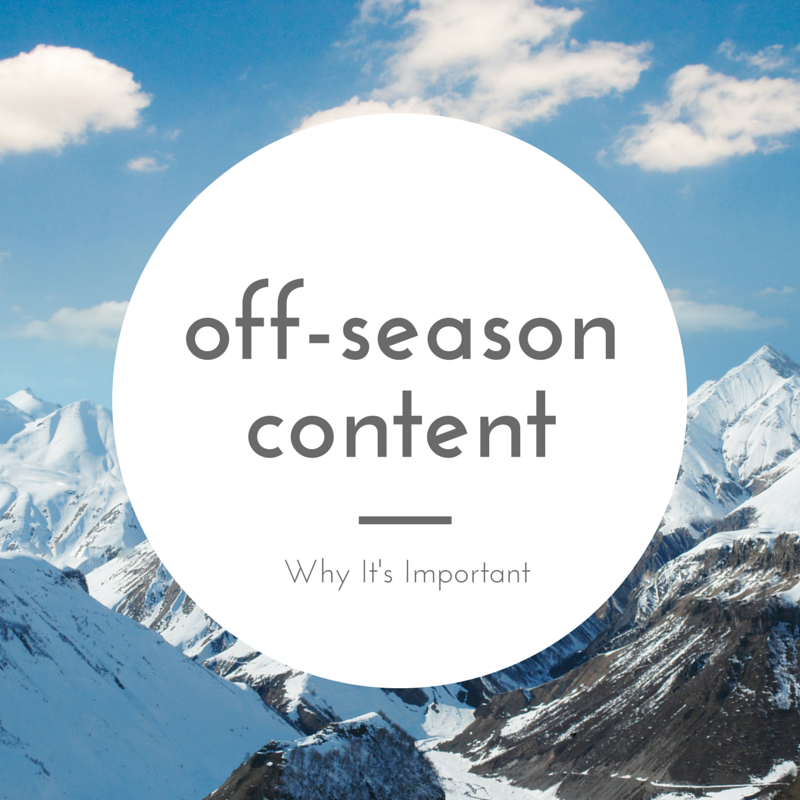
What are your internet pet peeves?
I’ll tell you one of mine. It’s when I find an account that looks interesting…
… And then I scroll down to find that it’s a feed of links to another social network.
Automated repetition through platforms like If This Then That is killing your social media engagement. Here’s why.
The Problem
This problem of automated repetition is probably most common on Twitter. In recent years, it was most prevalent where Facebook page information was copied to Twitter.
This is usually done through a script like IFTTT (If This Then That), and it’s messy because whenever a Facebook post exceeded the Twitter character limit, the message breaks off with an ellipsis and a link to the Facebook post.
In theory, it’s fine to share the same information across social networking platforms, particularly if you’re serving different audiences in those places.
What isn’t ok is giving your audience the work of clicking through a link to see the second half of an update.
Why it’s poor practice
Here’s the problem:
- It’s dead obvious that you didn’t post directly to the platform
- It’s sloppy, and
- Nobody wants to follow a stream of half-baked updates.
If you’re going to be on different social media platforms, you need to have a reason for being there, and people need a reason to follow you.
While some networks get good click-through rates (YouTube gets most of its referrals from Facebook and Twitter, and people still (generally) click on Instagram links from Twitter) – by having an entire network stream dedicated to regurgitating another, you’re reducing your chances of being seen, heard, and bought.
The Solution
The solution is easy, and it’s:
If…
THIS: The social networking platform makes sense for your audience and your purpose
Then…
THAT: Make the effort to post useful, valuable content.
What are your internet pet peeves?

